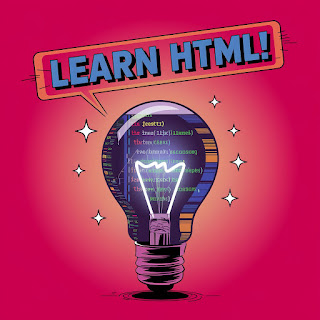What is HTML?
HTML stands for HyperText Markup Language. It's the standard language used to create web pages and define their structure and content. Think of it as the building blocks of a webpage.
What are the uses of html?
HTML is the fundamental language used to create web pages and define their structure and content. Its uses are vast and essential in the world of web development. Here are some of the primary applications of HTML:
- Building Web Pages:
- Creating the structure: HTML elements like headings, paragraphs, lists, and links are used to organize the content of a web page.
- Designing layouts: While HTML itself doesn't handle complex layouts, it provides the foundation for CSS to style and position elements on the page.
- Embedding multimedia: HTML allows you to embed images, videos, audio files, and other media into your web pages.
- Creating forms: HTML is used to create forms for user input, such as contact forms, login forms, and surveys.
- Developing Web Applications:
- Serving as the backbone: HTML is the core language used to structure the user interface of web applications.
- Interacting with other technologies: HTML works in conjunction with JavaScript to create dynamic and interactive web applications.
- Providing a framework: HTML provides the foundation for web frameworks like React, Angular, and Vue.js, which simplify the development process.
- Creating Content:
- Authoring web content: HTML is used to write and publish text, images, and other content on the web.
- Designing blogs and websites: HTML is essential for creating blogs, personal websites, and online portfolios.
- Developing e-commerce platforms: HTML is used to build online stores and shopping carts.
- Accessibility:
- Ensuring inclusivity: HTML elements and attributes can be used to make web content accessible to people with disabilities, such as those who use screen readers or have visual impairments.
- SEO:
- Improving search engine ranking: Proper HTML structure and semantic markup can help improve a website's search engine optimization (SEO) by making it easier for search engines to understand and index the content.
What i need to start learning html?
- Choose a Text Editor or IDE:
- Text Editors: Simple and lightweight options like Notepad++ (Windows), TextEdit (macOS), or Sublime Text are great for beginners.
- Integrated Development Environments (IDEs): More advanced options like Visual Studio Code offer features like code highlighting, autocompletion, and debugging.
- Follow our learning path.
- Practice and Experiment.
By following these steps and practicing consistently, you can quickly grasp the fundamentals of HTML and start creating your own web pages.
Conclusion
In summary, HTML is the cornerstone of web development, enabling the creation of diverse and interactive web experiences across various platforms and devices.Let's learning html.
